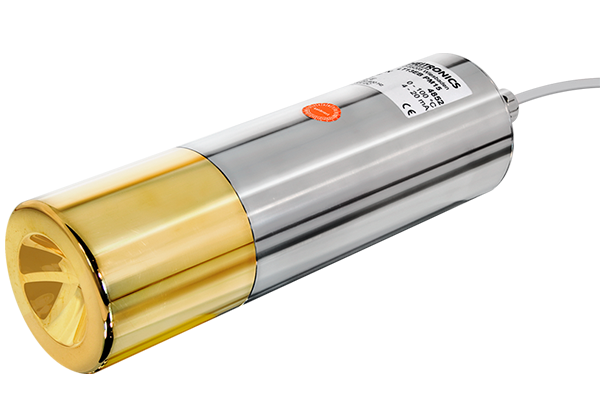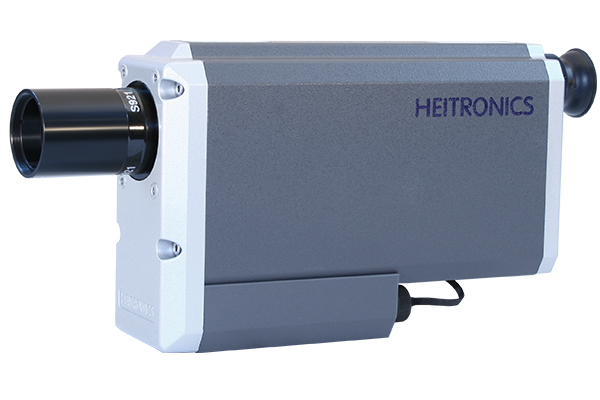Low ɛ Series

LT15 EB Series
Brief Description
A hard gold-plated parabolic mirror reflects the measuring spot onto itself. The radiation emitted from the object is “captured” in this way. Multiple reflections result in a significantly higher radiance in this area than the object surface emits. With the LT15 EB it is therefore possible to measure the temperature on shiny, highly reflective surfaces without contact.
Features
- Measurement of targets with very low emissivity (> 0.02)
- Highly reflective gold mirror
- Defined measuring spot
- Different measuring distances
- Measurements down to -25 ° C

LT13 EB Series
Brief Description
A hard gold-plated parabolic mirror reflects the measuring spot onto itself. The radiation emitted from the object is “captured” in this way. Multiple reflections result in a significantly higher radiance in this area than the object surface emits. With the LT13 EB it is therefore possible to measure the temperature on shiny, highly reflective surfaces without contact.
Features
- Measurement of targets with very low emissivity (> 0.02)
- Highly reflective gold mirror
- Defined measuring spot

KT18 Ratio Series
Brief Description
The measurement is based on the ratio of energy received in two neighboring narrowband spectral ranges. This measuring principle eliminates radiation differences due to dust, smoke or dirty windows that affect both wavelengths equally. The target emissivity does not have to be known and parameterized for when the ratio involves ‘graybody emissions’ ie, when emissivity is the same in both wavelengths.
Features
- Emissivity independent measurement for graybody emitters
- Unaffected by intermediate media
- Measurement of small objects
- Fiber optic version for ambient temperatures up to 150 ° C without cooling
- Adjustable measuring distance via focusable lenses

KT19.05 IIR
Brief Description
The measurement is based on the ratio of energy received in two neighboring narrowband spectral ranges. This measuring principle eliminates radiation differences due to dust, smoke or dirty windows that affect both wavelengths equally. The target emissivity does not have to be known and parameterized for when the ratio involves ‘graybody emissions’ ie, when emissivity is the same in both wavelengths.
Features
- Emissivity independent measurement for graybody emitters
- Unaffected by intermediate media
- Measurement of small objects
- Measurements from 200 ° C
- Radiation-dependent ratio correction (e-slope)